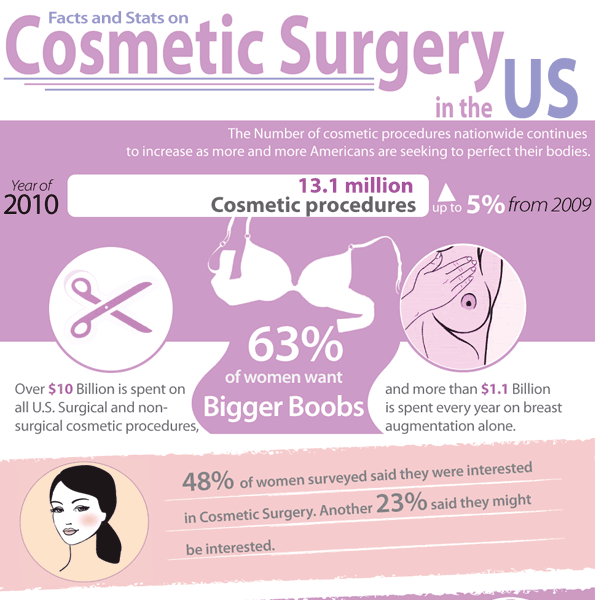Hormonal acne is identified by clogged up pores and oily skin that commonly shows up on the chin and jawline. It occurs when hormonal changes cause swelling and bacterial overgrowth within hair roots.
Breakouts may appear as whiteheads, blackheads, papules or pustules and cysts or blemishes in extra severe cases. It is much more typical in teenagers experiencing the age of puberty but can affect adults of any type of age.
What Triggers Hormone Acne?
While acne can be triggered by a variety of factors, including using hair and skin care products that aren't oil-free or made with components that might obstruct pores, genetic predisposition, diet,2 and tension, the source is rising and fall hormones. Hormonal acne happens when the body experiences hormone modifications and fluctuations that result in an overproduction of sebum, which triggers swelling, boosted development of bacteria and changes in skin cell activity.
Hormonal acne is frequently found on the lower jawline, cheeks and neck but can appear anywhere on the body. It is defined by acnes that are cystic, excruciating and loaded with pus or various other product. It is additionally more probable to take place in females than males, especially during puberty, the menstrual cycle, pregnancy or menopause.
Age
While numerous youngsters experience acne eventually throughout the age of puberty, it can remain to plague adults well into adulthood. Referred to as hormonal acne, this type of breakout is tied to changes in hormones and is normally most typical in ladies.
Hormone acne happens when oil glands create excessive sebum, which blocks pores and traps dead skin cells. This causes the development of acnes, such as whiteheads, blackheads and papules, pustules, cysts or nodules, deep under the surface.
This type of blemish frequently triggers pain, redness and inflammation. It may additionally be intermittent and show up around the exact same time monthly, such as right before your duration begins. This is since levels of women hormonal agents like progesterone and oestrogen vary with each menstruation.
Menstruation
Hormonal acne typically shows up in the reduced part of your face, along the jawline and cheeks, as whiteheads, blackheads or inflammatory pimples (acnes and cysts). It's more than likely to show up around the moment when your menstrual cycle changes.
Specifically around ovulation, when estrogen and progesterone degrees are on the rise, hormone variations can trigger breakouts. But it's additionally possible to get acne at any kind of point during your 28-day menstruation.
If you observe that your hormonal acne flare right before your period, attempt discovering when exactly this happens and see if it connects to the stages of your 28-day menstrual cycle. This will certainly assist you pinpoint the origin of your skin problems. For instance, you might wish to work on stabilizing your blood glucose and cutting out high-sugar foods, or take into consideration a prescription medicine like spironolactone that can regulate your hormonal agents.
Maternity
Growing a baby is a time of remarkable hormonal adjustments. For lots of women, this consists of a flare-up of hormonal acne. This type of outbreak generally starts in the initial trimester, around week six. It's triggered by hormone rises that promote sweat glands to make more oil, which can obstruct pores and cause even more bacteria to accumulate.
Outbreaks may likewise occur as a result of pre-existing problems like polycystic ovary syndrome, which can additionally be an issue while pregnant and menopause. Also, some kinds of birth control pills (such as Ortho Tri-Cyclen and YAZ) can activate hormonal acne in some females.
Fortunately, the majority of acne treatments are "no-go" for expecting women (consisting of popular acne-fighting components such as isotretinoin and spironolactone). But if you can not prevent those annoying bumps, your physician might prescribe dental erythromycin or cephalexin, which are safe while pregnant.
Menopause
As females approach menopause, the estrogen degrees that caused their hormonal agent acne to flare during the age of puberty begin to maintain and decrease. At the same time, nevertheless, a spike in androgens (also referred to as male hormonal agents) happens due to the fact that these hormones can not be exchanged estrogen as efficiently as in the past.
The excess of androgens can activate oil production by the sebaceous glands, which obstructs pores. When the clogged pores ended up being irritated click here and irritated, a pimple kinds.
Hormonal acne is usually seen on the face, specifically around the chin and jawline, but it can happen on the neck, back, shoulders, or upper body. This type of acne often tends to flare up in a cyclical pattern, comparable to the menstrual cycle. Anxiety, which raises cortisol and throws hormones out of equilibrium, also adds to the outbreaks.
